Late Iron Age chariot pieces found in Pembrokeshire
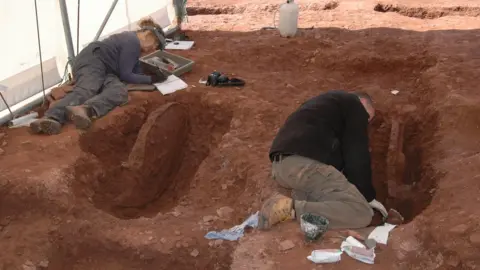 Museum Wales
Museum WalesArchaeologists have discovered more artefacts at the first Celtic chariot burial site to be found in southern Britain.
Two iron tyres and a sword from the chariot were retrieved during an excavation in Pembrokeshire.
The exact site remains a secret and follows the discovery of decorative objects by a metal detector enthusiast on the same land in February 2018.
National Museum Wales is conserving the chariot pieces.
Archaeologists had suspected they would uncover more beneath the farmland where metal detectorist Mike Smith found a number of objects associated with a chariot.
Following an initial investigation in June 2018 by archaeologists from National Museum Wales and Dyfed Archaeological Trust, a dig was carried out in March and April, funded by National Museum Wales, Cadw and the National Lottery Heritage Fund.
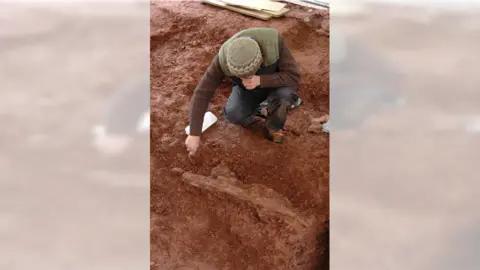 National Museum of Wales
National Museum of WalesThe team discovered bronze artefacts, the iron tyres of the chariot wheels and an iron sword.
Adam Gwilt, principal curator of prehistoric archaeology at National Museum Wales, said: "It is the first chariot burial to be found not just in Wales, but in southern Britain.
"Chariots, as war and ceremonial vehicles, were used to display the power and identity of their owners and tribal communities in late Iron Age Britain, as the fine decoration on these artefacts shows.
"While we still know little about their owner, these chariot pieces probably belonged to a man or woman of some standing within their tribe or community."
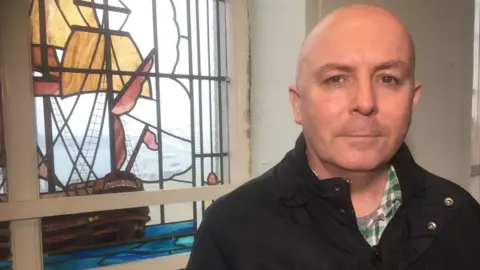
National Museum Wales hopes to buy the objects found by Mr Smith so they can be displayed alongside the chariot wheels and sword at St Fagans National Museum of History.
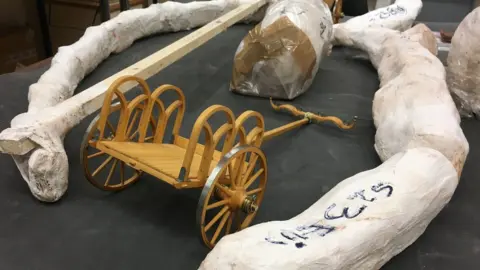
Dr Kate Roberts, principal inspector of ancient monuments at Cadw, said: "A unique archaeological discovery like this stirs our imagination - we wonder who the charioteer was and about the world they lived in.
"By studying these artefacts we hope to learn more about a time when great change in the shape of the Roman Empire was sweeping across Wales."
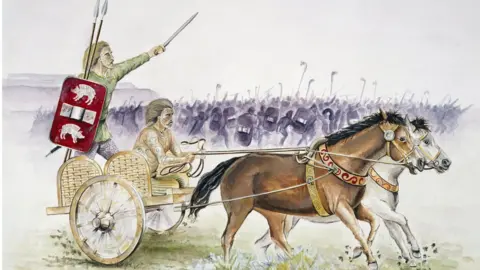 Heritage Images
Heritage Images